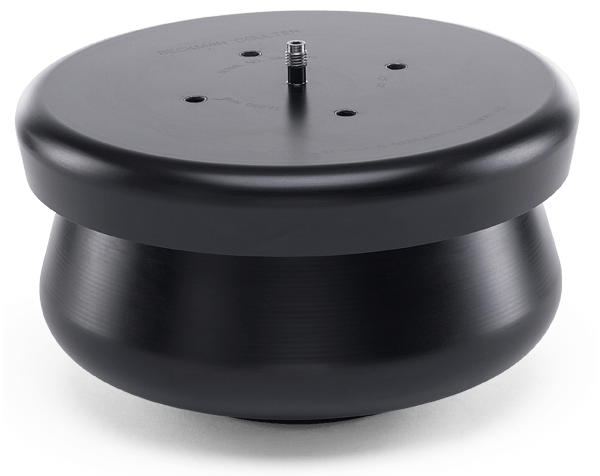连续流离心法
连续流离心法是一项省时高效的实验技术,利用该技术,可在高离心力下离心分离大体积样品,无需耗时的装填和倾倒大量离心管,更无需频繁启动和停止转头。

使用连续流转头时,可收集上清液或刮取沉淀颗粒。连续流动转头大幅度减少材料处理时间,原因有二:
- 沉淀路径短,可缩短整体颗粒沉淀时间。因此,它们可以有效地分离出样品流中的固体颗粒,加快样品流经转头的速度。
- 容量大,无需像传统转头那样频繁启停,因此,减少了样品处理时间以及转头加速/减速的等待时间。

连续流转头的主要应用包括:
• 大颗粒病毒
• 线粒体
• 组织匀浆
• 细菌
• 细胞收获
• 藻类收获
如果存在以下情况,最好使用连续流转头:
- 待收集颗粒的沉降系数大于 50 S。由于转头沉降效率较高,固体颗粒从液体介质中分离出来的速度比水平转头或定角转头更快。
- 样品固体/液体比例低(5–15%)。如果固体/液体比例超过 15%,转头效率往往过高,即颗粒沉淀速度太快,填充后立即沉淀满仓。这意味着转头必须频繁停止以便卸载沉淀,转头在加速/减速以及清洗过程中浪费过多时间。相反,如果样品所含固体颗粒少,转头将长时间运行,在每次停机之间可处理大量样品。

